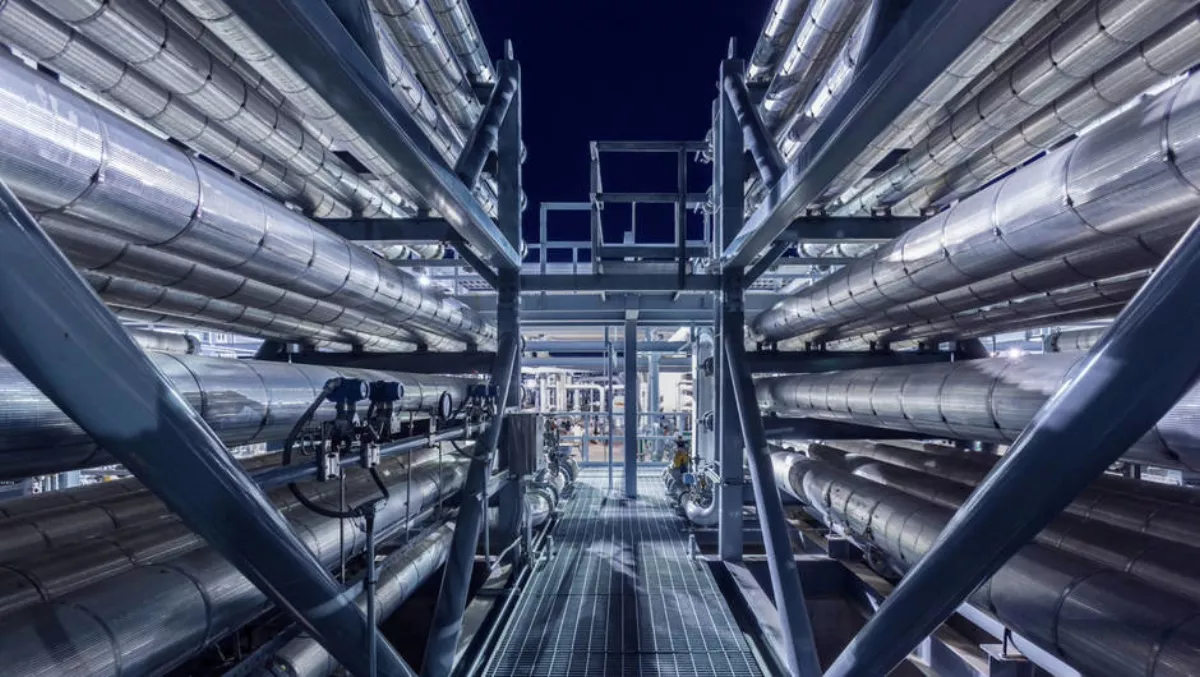
HPE building new supercomputer with €38m price tag
The High Performance Computing Center of the University of Stuttgart (HLRS) and Hewlett Packard Enterprise (HPE) have announced a new joint venture.
The duo will work together to build and deliver for HLRS a next-generation computer deemed to be 3.5 times faster than its current system, and the world's fastest supercomputer for industrial production.
HLRS has affectionately named the upcoming system 'Hawk', and is set to use it to power computational engineering and research across science and industrial fields to advance applications in energy, climate, mobility and health.
The system is to be based off HPE's high performance computing (HPC) platform running a next generation AMD EPYC processor code named Rome with a theoretical peak performance of 24 petaFLOPs, consisting of a 5,000-node cluster.
"We are excited that Hawk constitutes a sizable increase in the performance of our flagship supercomputing system," says HLRS director professor Doctor Michael M. Resch.
"But the real winners will be our user community of computational engineers in academic research and industry who will benefit from the ability to run much more complex simulations.
The construction of Hawk is expected to cost around €38 million, with funding attended to by the Gauss Centre for Supercomputing (GCS), Germany's alliance of its three national supercomputing centres.
Half of this funding will be provided by the State of Baden-Württemberg's Ministry of Science, Research and Art, and the second half supplied by the German Federal Ministry of Education and Research (BMBF).
"To keep our science and economy at the leading edge of international competition, we are making strong investments in a first-class IT infrastructure for high-performance computing," says Baden-Württemberg science minister Theresia Bauer.
"Cutting-edge research is unthinkable today without simulation and HPC, and is the foundation for innovative products and processes that constitute key areas of our economy. With Hawk, scientists from all research disciplines will be able to undertake new kinds of scientific investigation that are essential for addressing some of our greatest problems as a society.
The Hawk announcement comes on the heels of new supercomputers at the Leibniz Supercomputing Centre (LRZ) and Jülich Supercomputing Centre (JSC) — HLRS's partners in GCS – and HLRS represents the next step in Germany's commitment to exascale computing.
HPE asserts the AMD EPYC processors will complement the use of competing processors at the other two GCS centres, supporting GCS's goal of offering a diverse set of computing architectures.
"As part of our strong collaboration with HLRS, we are supplying brand new, state-of-the-art HPC technologies to design and power its supercomputer that meets specific research needs and accelerates the path to exascale," says HPE high performance computing and artificial intelligence vice president and general manager Bill Mannel.
"Our next-generation, purpose-built HPC system is dramatically increasing speed and performance for Hawk, advancing research and accelerating innovation for future science and industrial applications.
And the joint venture between HPE and HLRS is not just for hardware, as the contract stipulates a four-year collaboration that focuses on user application, technical support, and enabling data analytics and machine learning.
"We are thrilled to partner with HPE to power the future HLRS Hawk supercomputer," says AMD Datacenter and Embedded Systems Group senior vice president and general manager Forrest Norrod.
"AMD has a rich history in high performance computing and the EPYC processors excel in leadership floating point performance. This means better and faster outcomes by researchers using the Hawk supercomputer on HPC workloads like simulation, computational fluid dynamics and machine learning.

